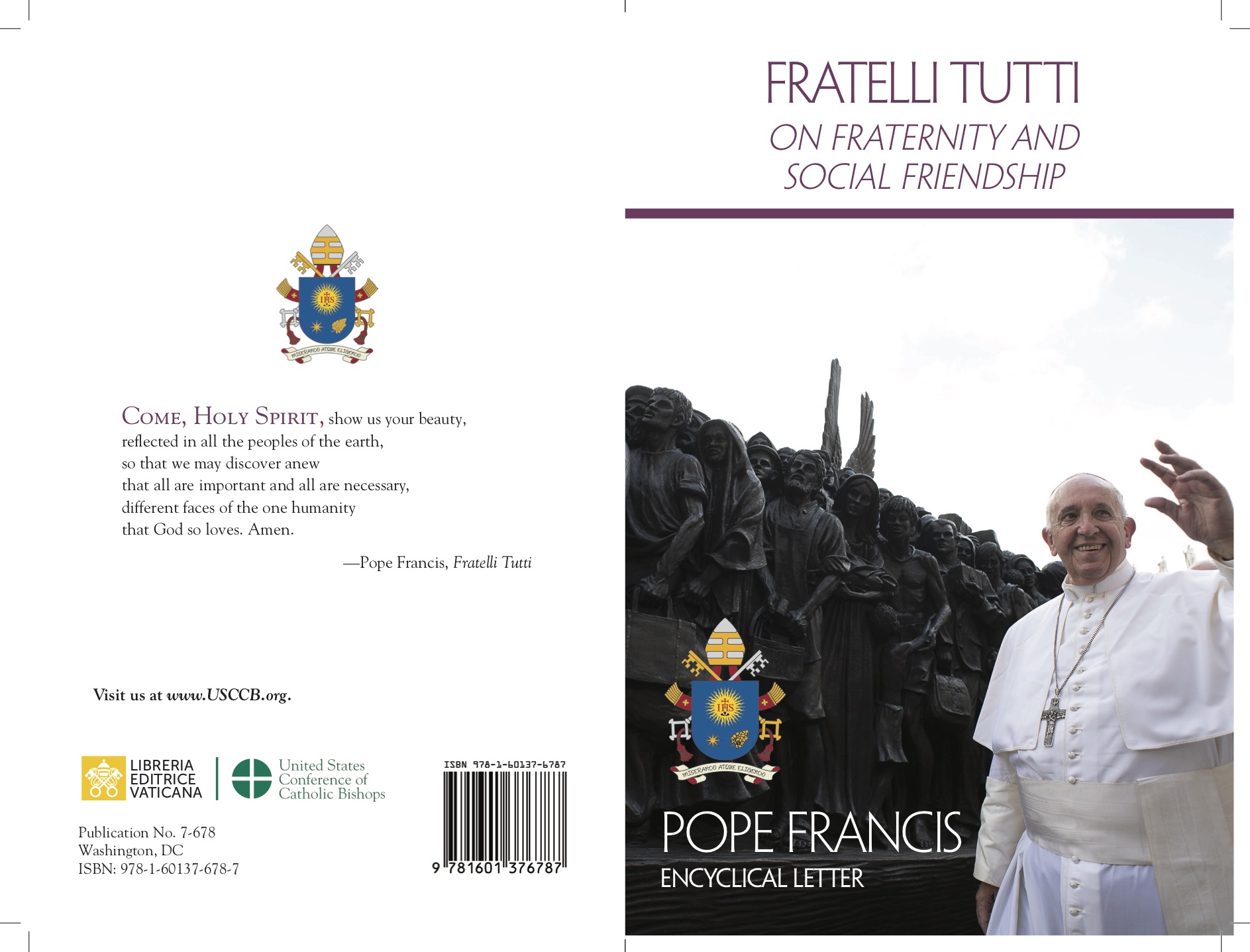
There are two great artists, who lived 500 years apart, who redefined the way women are portrayed. In their work, they tackled themes such as oppression, abuse and repression, and exalted the female universe in its aspects of strength, redemption and resilience.
Their names are Artemisia Gentileschi (Rome 1593 - Naples 1653), one of the first women to achieve international fame as a painter; and, Judy Chicago (Judith Cohen, born in Chicago in 1939), a contemporary American feminist artist.
Artemisia Gentileschi was the daughter of the artist Orazio Gentileschi, and her’s is certainly an emblematic case, added to because of her personal history: The young painter was raped by her father’s friend and colleague Agostino Tassi in 1611. The following year, the trial against her tormentor began, which resulted in further humiliation for the artist. One of her most famous works, Judith Beheading Holofernes, dates back to this period. Today, it is in the National Museum of Capodimonte in Naples. This work was followed in 1620 by a second version that can be admired in the Uffizi Gallery in Florence.
The episode to which the canvas refers is narrated in the Book of Judith. The biblical heroine, together with one of her handmaidens, went to the enemy camp; there she encircled it and then beheaded Holofernes, the fierce Assyrian general. The artist depicts the scene with great skill, and depicts the bloodiest moment of the event, the beheading, emphasized also by the theatrical use of light that accentuates the contrast between the brutality of the action and the determination of the two women.
It is not difficult to imagine that the work may reflect autobiographical elements, which is a hypothesis that becomes even more plausible when one considers the characters depicted in the painting: Holofernes overpowered by the two women, Judith and her handmaiden. Indeed, this painting highlights another important theme, which is female complicity and solidarity. Artemisia did not experience this reality because she was betrayed by her friend Tuzia who abandoned her during the moment of violence.
The “great painter of the war between the sexes” (as defined by the leader of international feminism Germaine Greer) succeeded with this extraordinary work in capturing the courage and pain of a woman, becoming the paradigm of the indomitable will to resist and fight for a life free of violence and subjugation.
Judy Chicago too, with an entirely different narrative and style, centuries after Artemisia, managed to challenge artistic and social conventions by celebrating the contributions of important female figures. Her work gave rise to a critical reflection on the condition of women throughout history. A particularly significant work in this regard is The Dinner Party. Created in the 1970s and now housed at the Brooklyn Museum in New York, this installation is not based on any specific passage of Scripture, but rather reflects and comments on women’s experiences over the centuries, including the suffering associated with violence and oppression. The Dinner Party consists of a long triangular table set with 39 seats, each of which is dedicated to a female figure of historical or mythological significance. Each place setting is adorned with pottery featuring explicit sexual references and an embroidered tablecloth, intended to celebrate the lives and contributions of these women.
Among the figures represented are, in addition to Judith and Artemisia Gentileschi themselves, Saint Bridget, Eleanor of Aquitaine, Isabella d”Este, Virginia Woolf and Georgia O’Keeffe, a range from the Jewish tradition to the feminist revolution.
Although this work contains no gory elements, it conceptually conveys a powerful and clear message: each woman depicted is a paradigm of resilience and strength in the face of violence. In this way, Judy Chicago’s installation can be interpreted as a profound reflection on the female condition and the injustices suffered by women, which creates a symbolic link with the biblical narratives that deal with stories of women victims of oppression. The Dinner Party thus celebrates the determination and resilience of women throughout the centuries, offering a tribute to their indomitable will to fight for dignity and equality.
The works of Artemisia Gentileschi and Judy Chicago, although created in distinct historical and cultural contexts, offer a complex and insightful reflection on the female condition, rooted in both historical experiences and biblical narratives. Artemisia Gentileschi, through her powerful portrayal of Judith beheading Holofernes, not only expresses personal grief and resilience in response to the violence she suffered, but also reflects the strength and courage of women who fought against oppression in sacred texts and history. Her work has thus become a symbol of resistance and determination, and conveys a universal message of liberation and justice.
Judy Chicago’s work amplifies this reflection by including a wide range of female figures who have contributed to history and culture, while redeeming the female image from the stereotypes that have portrayed her as weak and submissive for centuries.
The installation not only celebrates the resilience and strength of women through the passage of different eras, but also creates a symbolic link with biblical narratives, and offers a comprehensive and inclusive view of women’s contribution. Chicago’s triangular table becomes a place of commemoration and recognition for women who have struggled and overcome injustice, and emphases their crucial role in shaping society.
While Artemisia Gentileschi directly addressed the theme of violence with a personal and historical narrative, Judy Chicago gave us a collective celebration of women’s experiences, which invites continued reflection on the condition of women.
These works, while differing in their approach and context, converge in their intent to examine and challenge structures of power and oppression, which celebrate women not as victims, but as protagonists of historical and cultural resistance.
by Giorgia Calò
Historian and art critic, Director of the Jewish Culture Centre of the Jewish Community of Rome




 Purchase the Encyclical here Fratelli Tutti
Purchase the Encyclical here Fratelli Tutti